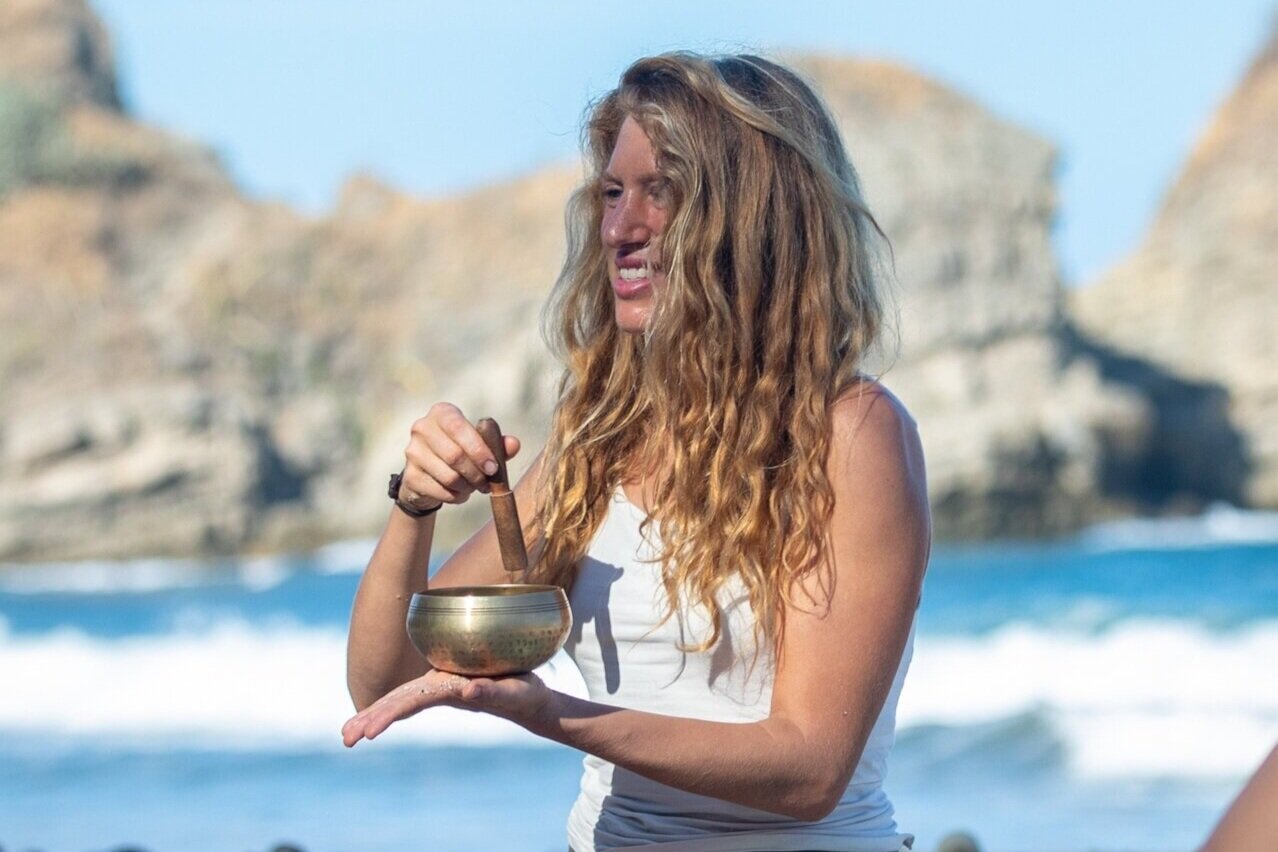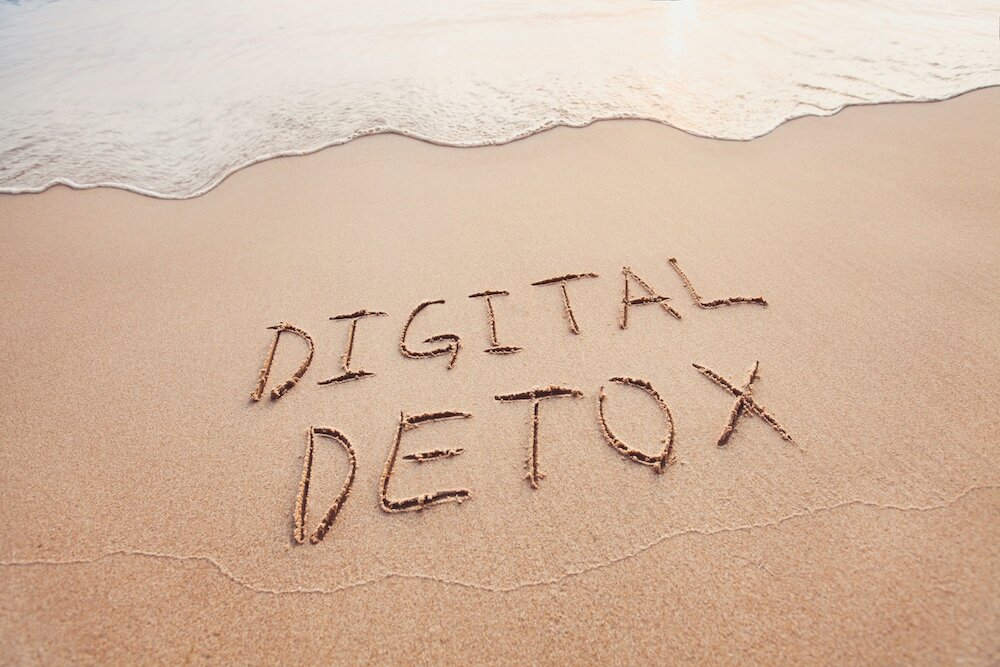We’ve all heard that laughter is the best medicine. Now there is scientific evidence to back this up.
Did you know that laughing triggers a host of great things in our body? Our face, vocal cords, brain, lungs, blood vessels, and even our chakras!
When we experience a hearty laugh, we exhale longer, removing “stale air” from our lungs and when inhale our lungs fill with fresh air and more oxygen; all the while our chest and facial muscles are contracting.
It helps support our cardiovascular system; “Laughter results in greater than average expulsion of the residual air in our lungs and then adds a fresh supply of oxygen that enriches our blood to nourish our heart, brain, and body tissues,” says Michael Miller, MD, a professor at the University of Maryland School of Medicine and the director of the Center for Preventive Cardiology at the University of Maryland Medical Center. Laughter can help dilate blood vessels and improve their function by reducing their stiffness and increasing their flexibility.
It helps maintain flexible arteries and that’s important because stiffness can lead to hardened arteries, which increases the risk of having a heart attack or stroke. “Laughter practiced as part of a healthy lifestyle may help to slow aging of our blood vessels,” says Dr. Miller, author of the book Heal Your Heart.
Laughter gives us a rosy glow and gives our immune system a boost:
“Laughter is associated with increased production of cells (predominantly B and T cells) that help to ward off infection,” says Dr. Miller.
If you ever laughed so hard you almost couldn’t stand, that’s science too: while some muscles are seizing up, others may become more relaxed or less coordinated.
Laughter is good for our minds too. It minimizes stress and distracts us from our worries by restraining stress hormones.
“Laughter causes regions of the brain that regulate emotions to ‘light up, ” says Dr. Miller. “These regions suppress the release of the stress hormone cortisol and activate the brain’s memory center, the hippocampus.”
Laughter can also create the feeling of “bliss”. Research suggests that hearty, genuine laughter releases endorphins, the brain’s “feel-good” chemicals that help diminish pain while triggering positive feelings.
Jodi J De Luca Ph.D., a licensed clinical psychologist at Boulder Community Hospital says that “Endorphins help relieve pain when you laugh; laughter helps resolve “all types of pain, not just physical pain, but emotional and psychological pain as well.
Have you heard of “Laughter yoga”? it incorporates yogic breathing “pranayama” to get the body to an aerobic state in order to laugh. According to Beth Bongar ( a laughter yoga teacher) “think of laughter yoga as physical, mental, and/or spiritual exercises that have benefits backed by science.”
Not only does laughter have incredible effects within our bodies, and it works as a coping mechanism with difficult life events; laughter also serves as a social connector and can be contagious! Research suggests that hearing laughter triggers our brain to automatically engages the muscles around the mouth to smile or laugh.
“When you look into the eyes of the person who is laughing it’s hard to keep a straight face; it activates our inner laughter,” says Bongar. And now you are both laughing – that is called connection.”
The powerful energy of different types of laughter even connects with our chakras. Tracee Dunblazier, a certified grief counselor and author, shares her work from Master Your Inner World: Embrace Your Power With Joy. “Energetically, the heart opens or expands when we laugh and allows for all of the other energy centers (chakras) to release denser energies and align with the higher frequencies that enter the body.”
There are three different kinds of laughs that interact with their corresponding chakras:
The chortle laugh is centered in the head and throat and expands the throat chakra, allowing a better flow of communication.
The guffaw laugh is centered in the belly, expands the second and third chakras, and will help you release your fear of not being able to control the situation, allowing you to find an empowering position in it.
The chuckle is centered in the heart, the place in the physical body where we create hormones of peace and the energy center where we align with our higher self. The chuckle opens the heart, allowing for a stronger flow of energy to the rest of the system.
The results are “a visceral reaction to somebody’s laughter,” says Dunblazier.
There is an “infectious” energy exchange that occurs. “With laughter, you take the energy information and you project it outwards so it becomes infectious to others,” says Dunblazier. “As you begin to laugh you are letting go of old energy and you are creating a space in your body for new energy to flow through- it’s an exchange of joy.”
So how do we add more laughter into our lives:
Loosen up, don’t take life so seriously
See the humor in any situation
Participate in fun activities with others
Visit a comedy club
Watch a funny movie or show
hang out with your favorite funny friend
Laugh just because
Practice smiling
Oh, and when you laugh – don’t hold back!
Ultimately laughter reconnects people to the joy deep within. It really is the best medicine; it’s organic, inexpensive and has the best side effects
Laughter is, and always will be the best form of therapy.
By Anita Damario








